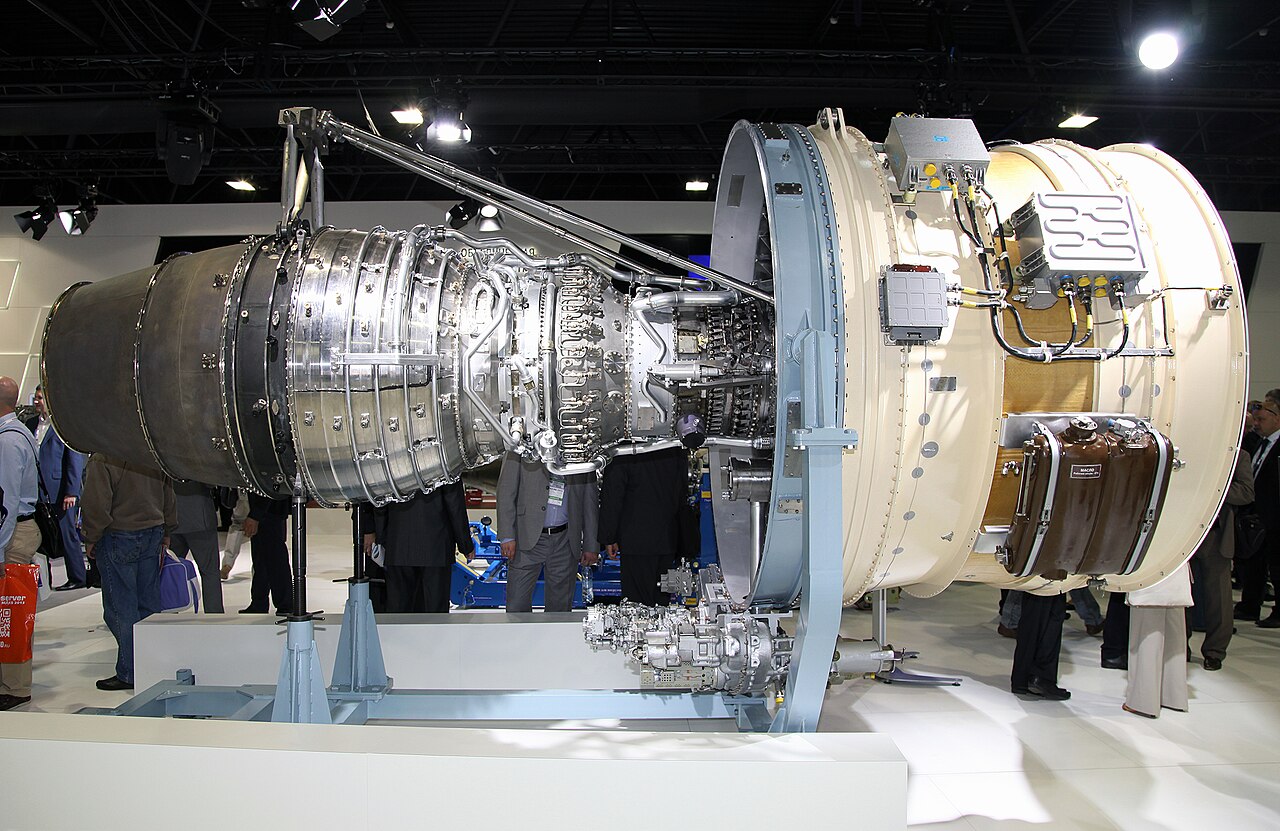I didn't know the PD-35 can supercruise.
 *Facepalm*
*Facepalm* You are talking about a
commercial airliner. C919 got bids for the engines from and CFM International and Pratt & Whitney. Doesn't mean they share the tech for building the engines in China and it certainly doesn't mean P&W will be allowed to sell F119 or F135 to China. Same goes to the CR929. Russia is going just supply PD-35. Are they going to share the tech an allow local Chinese production? I seriously doubt it.
Even to this day, Russia has not allowed local Chinese production of even the baseline AL-31F. China, later on, may have managed to modify it on their own. This is the rumor going around for the current J-20 engines. Even when Russia was in much dire economic state in the 90's they refused license production of the AL-31F to China. They also refused the sale of aircraft like the Tu-22, Tu-160, nuclear submarine, and ballistic missile tech.
The only thing the Russians might do is allow the sale of the 117 (not the 117S) when the Izd.30 comes into service. Even that would be a direct sale and not sharing of technology for local production. Certain things are simply off-limits for any nation when it comes to military sales. Russia knows China's "Achilles heel" to be high-performance turbofans and they are not going to help change that. China is on her own when it comes to the WS-15. What China can do is poach scientists from Russia who have extensive experience in that field.

